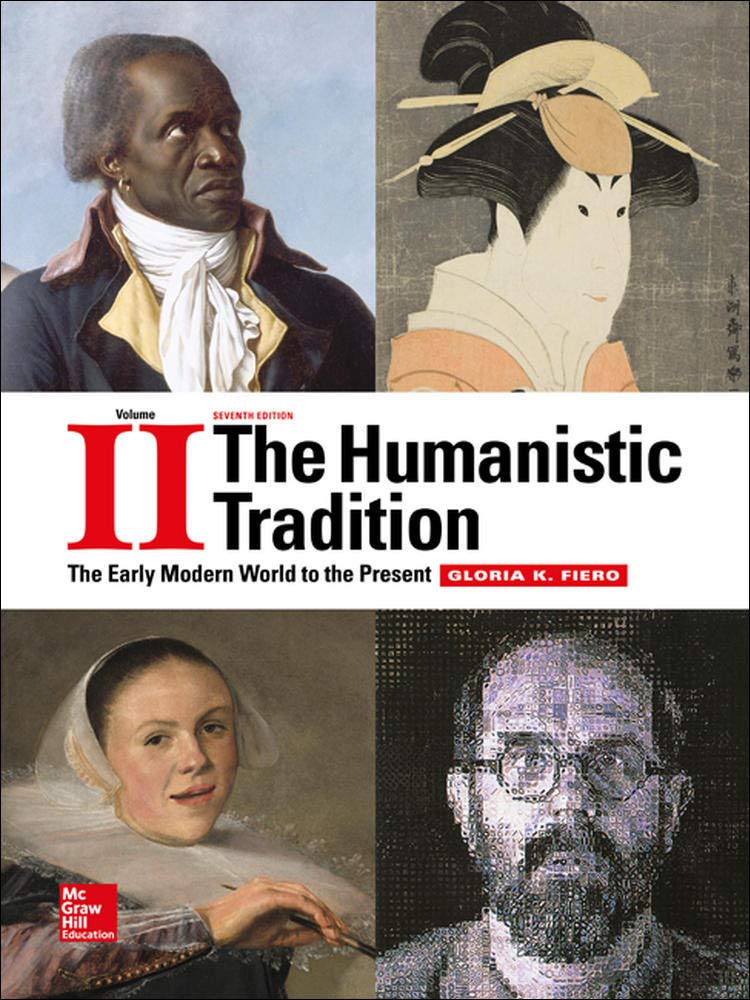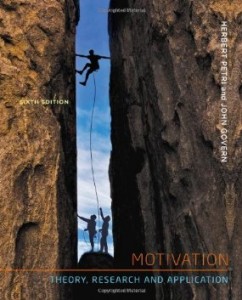Description
Test Bank For The Humanistic Tradition 7th Edition by Gloria K. Fiero
Chapter 03
India, China, and the Americas Multiple Choice Questions
1. In India, religion is grounded in ________, the belief in an all-pervading divine spirit.
A. polytheism
B. pantheism
C. omnicseism
D. animism
Learning Objective: Compare pantheism in early Hinduism and the beliefs of ancient Mesopotamia.
Topic: Hindu pantheism
Topic: Indus Valley civilization
Topic: Philosophy and Religion
2. The ancient history of the Americas is not as easily understood as that of India and China because
A. we know of the peoples only from their artifacts.
B. there were more varieties and numbers of cultures in the Americas.
C. written records were not kept.
D. All these answers are correct.
Learning Objective: Compare early Western civilization in Peru to Mesopotamia, Africa, India and China.
Topic: Ancient Peru
Topic: History
Topic: Olmecs
3. Ancient India developed the most rigid social hierarchical ordering system of its time, called
A. ostracism.
B. caste.
C. kowtowing.
D. sari.
Learning Objective: Describe features of Hindu culture.
Topic: History
Topic: Indus Valley civilization
4. The classic language of ancient India was which of the following?
A. Farsi
B. Aryan
C. Sanskrit
D. Urdu
Learning Objective: Describe features of Hindu culture.
Topic: History
Topic: Indus Valley civilization
Topic: Literature
5. The joining of Atman (self) and Brahman results in which of the following?
A. yoga
B. nirvana
C. dharma
D. karma
Learning Objective: Describe features of Hindu culture.
Topic: Hindu pantheism
Topic: Philosophy and Religion
6. The Law of ________ states that the collective spiritual energy gained from good deeds determines one’s physical state in the next life.
A. Yoga
B. Nirvana
C. Dharma
D. Karma
Learning Objective: Describe features of Hindu culture.
Topic: Hindu pantheism
Topic: Philosophy and Religion
7. The earliest Neolithic Chinese peoples worked to produce which of the following?
A.
canals
B.
silk
C.
giant ships
D. All these answers are correct.
Topic: History
8. The occupants of the “dragon throne” who represented China’s earliest kings were the ________ dynasty.
A. Zhou
B. Shang
C. Xia
D. Neolithic
Learning Objective: Explain the significance of destiny during the Shang dynasty.
Topic: History
Topic: Philosophy and Religion
Topic: Shang dynasty
9.
The ________ dynasty were famous for its bureaucracies and intricate testing systems for bureaucrats.
A. Zhou
B. Shang
C. Xia
D. Neolithic
Learning Objective: Recall how government officials were chosen in the Chinese dynasties.
Topic: Eastern Zhou dynasty
Topic: History
Topic: Western Zhou dynasty
Topic: natural order
10.
The most powerful personified spirits in the ancient Chinese worldview were those of
A. great geographical features such as mountain ranges or rivers.
B. departed ancestors.
C. departed rulers.
D. None of these answers is correct.
Topic: Confucius
Topic: Philosophy and Religion
11. Shang diviners heated which of the following to produce cracks the priest might then read to forecast the future?
A.
iron
B.
wet logs
C.
round stones
D.
inscribed bones
Learning Objective: Explain the significance of destiny during the Shang dynasty.
Topic: Philosophy and Religion
Topic: Shang dynasty
12. China’s oldest known text is
A. The Book of Changes.
B. The Vedas.
C. The Bhagavad-Gita.
D. The Analects.
Learning Objective: Describe Daoism in Chinese culture.
Topic: History
Topic: Literature
Topic: Philosophy and Religion
13.
The first Americans came to the continent via
A. fleets of primitive boats from Pacific islands.
B. ice bridges between Alaska and Siberia.
C. ice bridges between Nova Scotia and Greenland.
D. None of these answers is correct.
Topic: History
14. The most ancient American urban areas were located in which of the following modern countries?
A. Chile
B. Mexico
C. Bolivia
D. Peru
Learning Objective: Compare early Western civilization in Peru to Mesopotamia, Africa, India and China.
Topic: Ancient Peru
Topic: History
15. The “rubber people” of what is now Mexico were the
A. Franciscans.
B. Aztecs.
C. Mayans.
D. Olmecs.
Learning Objective: Compare early Western civilization in Peru to Mesopotamia, Africa, India and China.
Topic: History
Topic: Olmecs
Essay Questions
16. Describe the unique features of early Hinduism.
Hinduism is markedly different from the religions of the West. It identifies the sacred not as a superhuman personality, but as an objective, all-pervading Cosmic Spirit called Brahman.Pantheism, the belief that divinity is inherent in all things, is basic to the Hindu view that the universe itself is sacred. While neither polytheistic nor monotheistic in the traditional sense, Hinduism embraces all the Vedic gods, a multitude of deities who are to this day perceived as emanations of the divine. Hindu religious texts, such as the Upanishads, teach enlightenment through meditation.
Unlike the nature deities of Mesopotamia and Egypt, Brahman is infinite, formless, and ultimately unknowable. While Mesopotamians and ancient Egyptians regarded human beings as separate from the gods, Hindus, guided by the Upanishads and the Bhagavad-Gita, asserted the oneness of matter and spirit. Unlike the Hebrew Yahweh, Brahman assumes no personal and contractual relationship with humankind. Brahman is the Uncaused Cause and the Ultimate Reality.
Learning Objective: Compare pantheism in early Hinduism and the beliefs of ancient Mesopotamia.
Topic: Hindu pantheism
Topic: Philosophy and Religion
17. Discuss the holistic character of Hindu culture as reflected in its religious literature.
The holistic nature of Hinudism stems from the basic tenet that the all-pervading Cosmic Spirit called Brahman inhabits everything of the universe. In every person, this spirit manifests as the Self, or Atman, which, according to the Upanishads, is “soundless, formless, intangible, undying, tasteless, odorless, without beginning, without end, eternal, immutable, [and] beyond nature.” Although housed in the material prison of the human body, the Self (Atman) seeks to be one with the Absolute Spirit (Brahman). The spiritual (re)union of Brahman and Atman (known as nirvana) is the goal of every Hindu. This blissful reabsorption of the Self into Absolute Spirit must be preceded by one’s gradual rejection of the material world, that is, the world of illusion and ignorance, and by the mastery of the techniques of meditation and through a system of spiritual exercises known as yoga. Yoga (literally “to yoke”) seeks the joining of one’s Atman to Brahman through control of the mind and body. Yoga, as well as Ayurveda—as system of nutrition—reveals the Hindu approach to universal connectivity, or holistic living.
Learning Objective: Describe features of Hindu culture.
Topic: Hindu pantheism
Topic: Literature
Topic: Philosophy and Religion





Be the first to review “Test Bank For The Humanistic Tradition 7th Edition by Gloria K. Fiero”